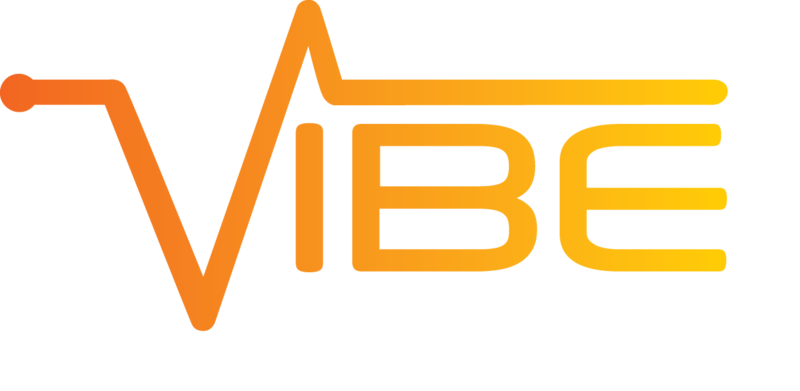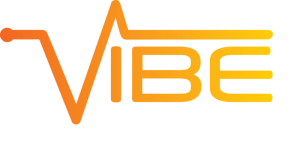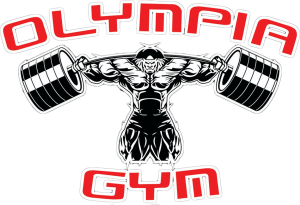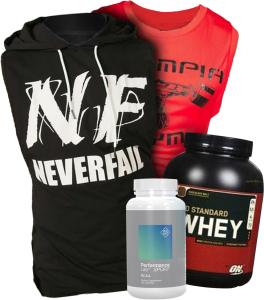7 Fitness Myths that Might be Holding You Back!
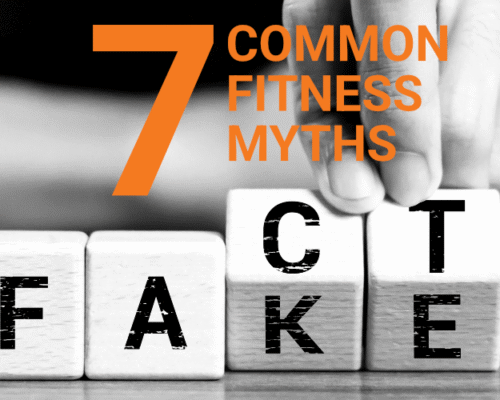
In a world full of workout influencers, fitness challenges, and viral health hacks, it’s easy to get overwhelmed and misled. If you’ve ever believed that lifting weights makes you bulky or that more sweat equals more fat burned, you’re not alone.
But these outdated beliefs could be sabotaging your progress. Misinformation can be the biggest barrier in fitness, and the quicker you get rid of it, the better it is.
In this blog, we’ll bust five of the most common fitness myths and introduce you to real facts. Trust us, your life will be changed by these mind-blowing mythbusters. So let’s get started!
Myth #1: Lifting Weights Will Make You Bulky
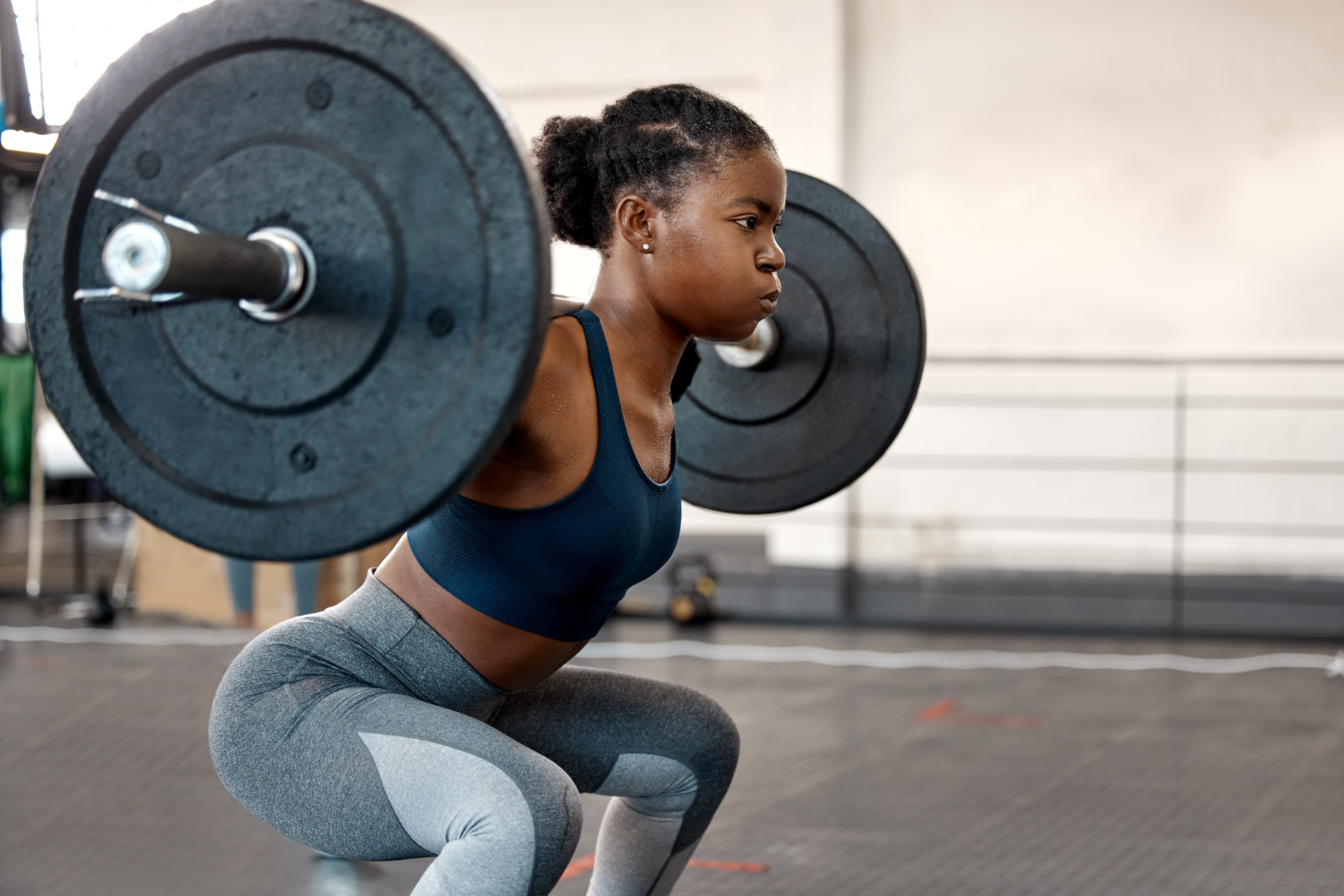
This is specially for all the ladies out there who are scared of lifting dumbbells because someone told them that they will develop big, brawny arms and look like men. Well, women throw these fears out the window because strength training will not lead you to get a bodybuilder physique.
Why? Well, firstly, it is important to understand that it is insanely hard to build muscle. It is a slow process requiring years of dedication, commitment, and consistency to build that kind of muscle. Secondly, women do not produce as much testosterone as men, which is a key factor for muscle growth.
What lifting weights will do is increase lean muscle mass, which helps you burn more calories at rest, improves posture, strengthens joints, and enhances overall body tone.
Hence, you won’t turn into a wolverine overnight.
Myth #2: You Need to Work Out Every Day to See Results
Yes, consistency is important, but that doesn’t mean pushing your body to the limit daily. One of the biggest workout myths is that daily intense exercise equals faster progress. In reality, overtraining can lead to fatigue, hormonal imbalances, sleep issues, and even injuries.
Rest does more wonders for your body than you can imagine. Rest days allow your muscles to repair and grow. Even elite athletes prioritize recovery, incorporating activities like stretching, walking, yoga, or light mobility work on off-days.
Remember, progress happens during recovery, not when you’re grinding 24/7.
Myth #3: Cardio Is the Best Way to Lose Weight
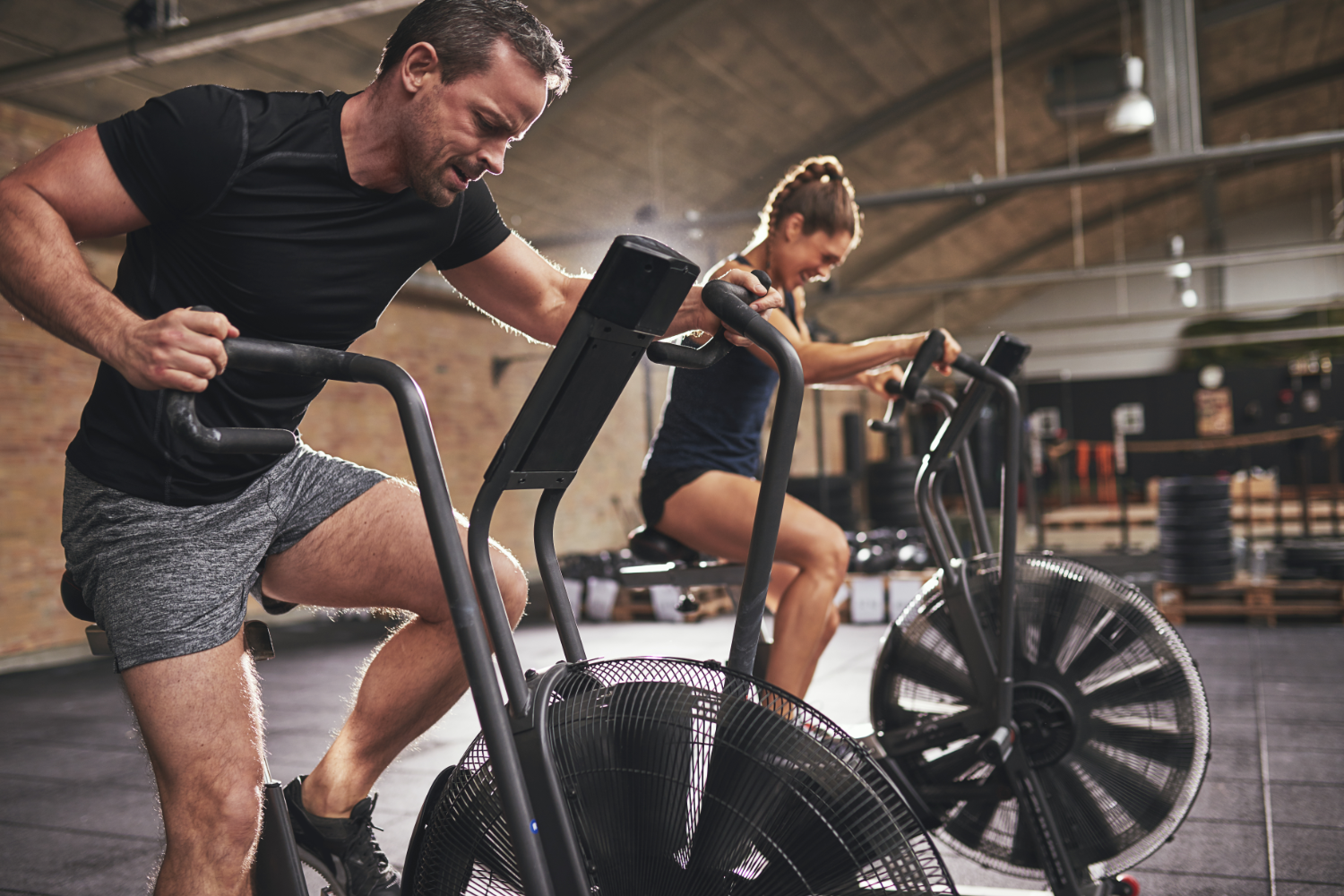
Cardio has its benefits, including improved heart health and endurance, but it’s not the golden ticket to fat loss. Many people rely solely on cardio, ignoring strength training and nutrition, leading to limited results.
To burn fat effectively and maintain muscle mass, your plan should include a mix of strength training, cardio, and a calorie-controlled, nutrient-rich diet.
Additionally, resistance training increases your resting metabolic rate, meaning you burn more calories even while sitting.
Myth #4: You Can Target Fat Loss in Specific Areas
The next myth to bust is spot reduction. “Belly fat burner workouts” and “arm fat blasters” might sound convincing, but they don’t reflect how your body actually loses fat. You can strengthen specific muscles, but you cannot choose where fat loss occurs; it’s determined by genetics, hormones, and overall body composition.
Fat loss occurs when you’re in a calorie deficit over time. Your body decides where it burns fat from first, and for most people, stubborn areas like the belly or thighs are the last to go.
This might not make you happy but will definitely push you to work harder in the right direction.
Myth #5: More Sweat = Better Workout
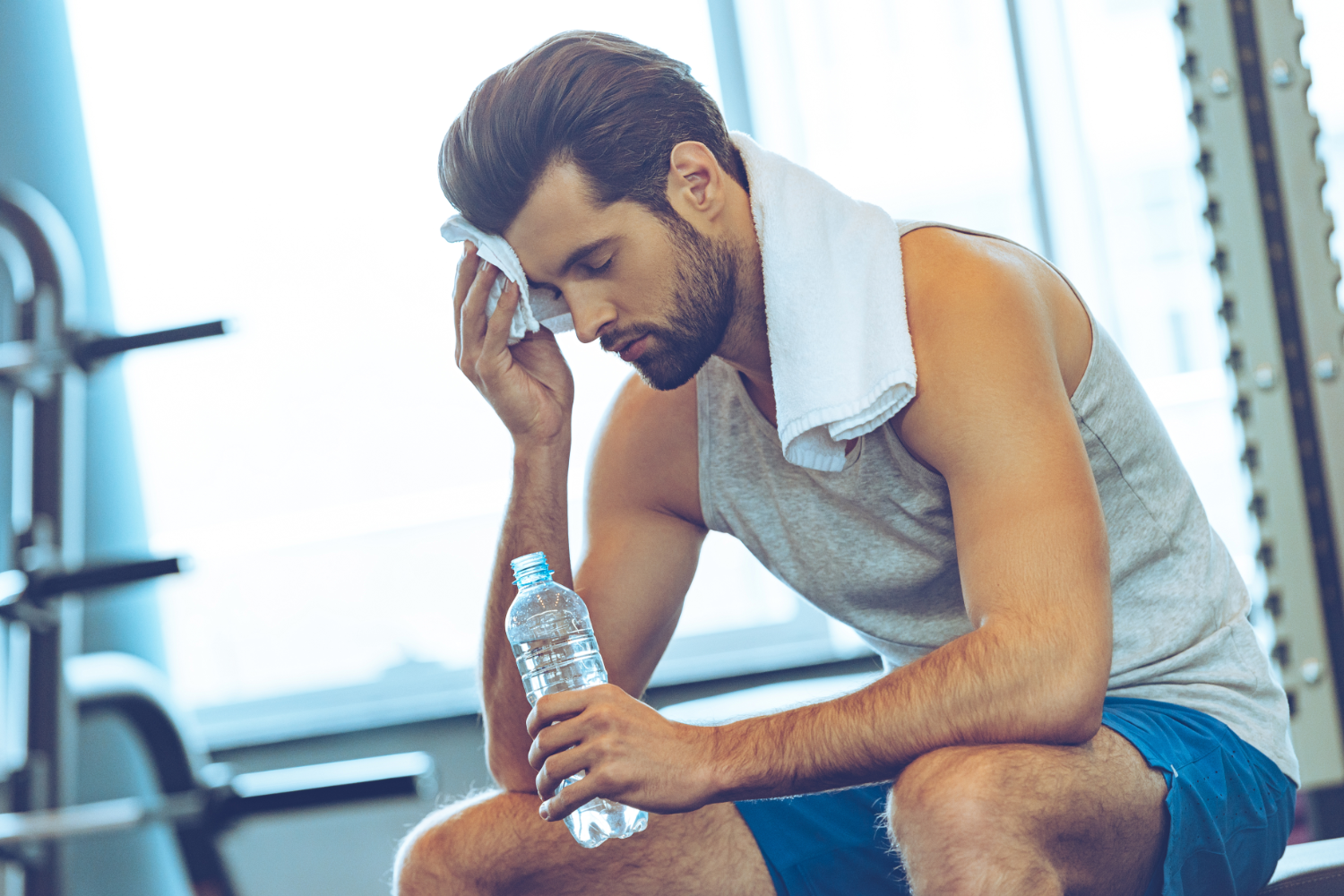
People often assume that the more they sweat, the more calories they’ve burned. But sweating is your body’s way of regulating temperature, not proof of effort or fat loss. You can burn plenty of calories during strength training or a winter run without breaking a heavy sweat.
Similarly, a hot yoga class may make you sweat buckets, but the fluid loss is mostly water, not fat. The real markers of an effective workout are performance improvements, endurance, strength, and consistency over time.
Myth #6: Crunches Are the Best Way to Get Abs
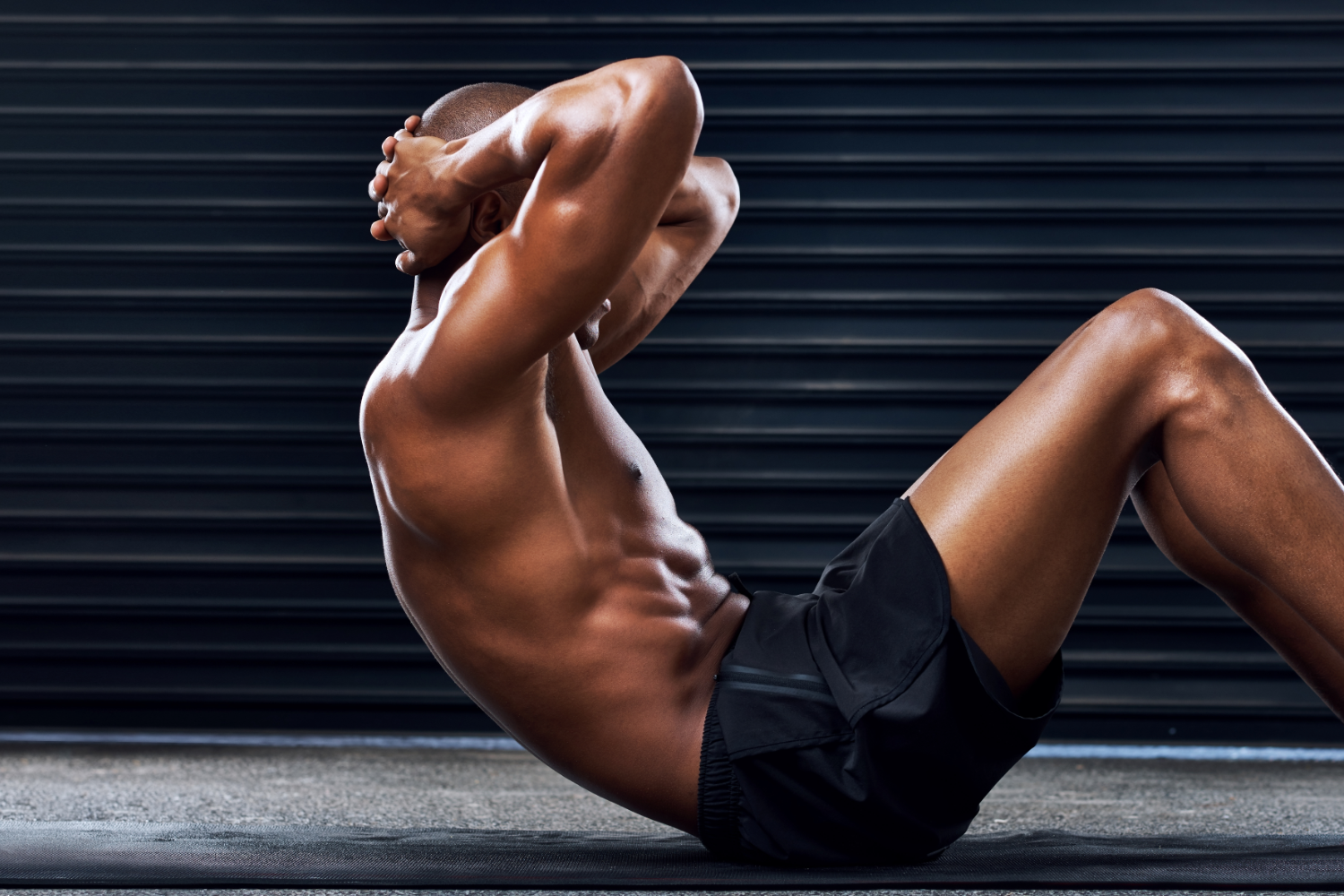
Visible abs are made in the kitchen, not just on the mat.
Thousands of crunches won’t do much if your body fat percentage is high. While core exercises like planks, leg raises, and crunches can strengthen your abdominal muscles, they won’t make them visible unless you’re also following a fat-loss-focused nutrition plan.
To reveal abs, focus on total-body strength training, cardio, and a clean, consistent diet that promotes fat loss.
Myth #7: If You’re Not Sore, You Didn’t Work Hard Enough
Muscle soreness (DOMS) isn’t a reliable measure of workout effectiveness.
It’s tempting to equate next-day soreness with progress, but the two aren’t always connected. You might feel sore after trying a new workout or hitting muscles you haven’t trained in a while, but that doesn’t mean you made more gains.
Soreness is just one response to training. Long-term improvements in strength, endurance, mobility, and body composition are better indicators of effective workouts.
Conclusion
Misinformation can sabotage even the most dedicated fitness efforts. By learning to separate fitness facts from myths, you’re not only empowering yourself to make smarter decisions but also paving the way for real, lasting results.
This is why Vibe Fitness always ensures that all our precious members get the most authentic advice. Our expert trainers help you cut through the noise, ditch the myths, and build a training plan that actually works for your body and goals.
Whether you’re lifting for the first time, returning after a break, or pushing past a plateau, we’ll guide you every step of the way with personalised coaching. So, join us now and start your journey towards sustainable fitness today!
References
- Opportunity, D. M. T. B. Strength Training for Women. Physician and Sportsmedicine, 26(5).
- Peake, J. M. (2019). Recovery after exercise: what is the current state of play?. Current Opinion in Physiology, 10, 17-26.
- Pratley, R., Nicklas, B., Rubin, M., Miller, J., Smith, A., Smith, M., … & Goldberg, A. (1994). Strength training increases resting metabolic rate and norepinephrine levels in healthy 50-to 65-yr-old men. Journal of applied physiology, 76(1), 133-137.
- Wilke, J., & Behringer, M. (2021). Is “delayed onset muscle soreness” a false friend? The potential implication of the fascial connective tissue in post-exercise discomfort. International journal of molecular sciences, 22(17), 9482.
